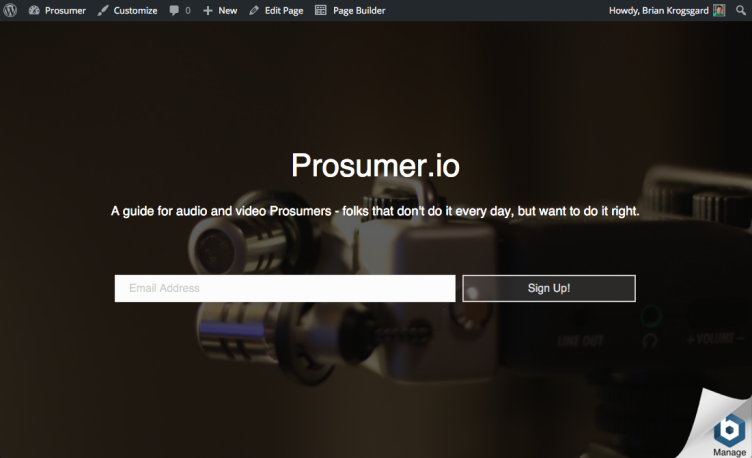GoDaddy is targeting products by companies like Digital Ocean and Amazon with their new by-the-hour Cloud Services and Apps project. The pricing is pretty much a direct mirror of Digital Ocean’s right now (starts at $5 per month), and they are marketing it to target developers seeking on-demand services. They are partnering with Bitnami to provide one-click application stacks, including WordPress of course.
One advantage they are promoting is that GoDaddy’s APIs for managing domains and DNS are made available to the new infrastructure, giving people an all-in-one option. The docs for utilizing their Cloud API are already in pretty good shape, and you can get an idea of what’s possible at a glance.
This product looks a lot more like Digital Ocean to me that it does Amazon. Amazon Web Services has so many services available, all of which are super configurable and tailored to mega-users, that it’s not really the same ballpark as what I see from Digital Ocean and now GoDaddy. GoDaddy Vice President of Hosting said basically the same thing in a comment to TechCrunch:
It’s important to note that while these features are “Amazon-style”, GoDaddy believes it’s filling a niche that AWS is not actually serving that well right now: smaller businesses that need cloud services that complement a wider business that may not be in the cloud.
“It’s a long way to get to that,” King said of the scale and audience that AWS largely addresses. “We’re really about enabling small business to get started and grow. You have a long way to go on GoDaddy’s before you consider bringing your business into a dedicated data center.”
I’m glad GoDaddy is going after this market. At $5 per month to get started, it’s a really compelling price, and I actually think they may have an advantage here for integrating with other GoDaddy services that developers and their clients might use.
Playing around with the UI is fun. I got a new instance of WordPress up and running in about two minutes. There were a couple of minor UX issues but nothing that I wouldn’t expect on Day 1. The UI already rivals any other service like this I’ve seen, and they tell me they are going to keep working on expanding it and making it more useful. Here’s a full screen shot of creating a new app:

Once your app is up and running, the UI makes most server functions trivial. And SSHing into the server is nice and easy. If your domain is already in your GoDaddy account, then enabling it for one of your apps is point and click.

For my tests, it was easy to set an A Record to the IP address GoDaddy Provides.
In the WordPress install itself, there isn’t much that’s special to GoDaddy Cloud, but Bitnami does a few things I don’t love. First, it installs a handful of plugins I would never use (like WPTouch, All In One SEO, and a few others). Also, it enables a terrible little Bitnami page curl that you have to use SSH to remove. If I were GoDaddy I’d cater that experience to be nicer, if they can.

It’s also a little disappointing to see that Bitnami doesn’t seem to support WP CLI currently. It’d be nice if the WordPress package came with it as soon as you deploy from GoDaddy; they are made for each other.
I ran into a couple of minor issues setting up my own GoDaddy Cloud App (you can see it at Prosumer.io — yes I have too many domains), but I didn’t run into anything major and their team is already working to fix the stuff I found. All together, I went from having nothing to having a live website with a little landing page in less than an hour.
With a few tweaks (especially on the Bitnami side of things), I could see keeping a GoDaddy Cloud account for testing or pet projects at the very least. At the very best, it could provide a nice and modern infrastructure (and complementary UI) for running WordPress and other applications in production.
Considering how accessible and advanced the tools available to developers are today, I’m feeling pretty spoiled. I think GoDaddy’s entrance into this market will continue to drive service providers to make awesome stuff. This is a nice move by GoDaddy in their effort to further cater to developers and show that they are re-making themselves, in more ways than the way they market. This is a pretty significant product effort, and I like what I see so far.
